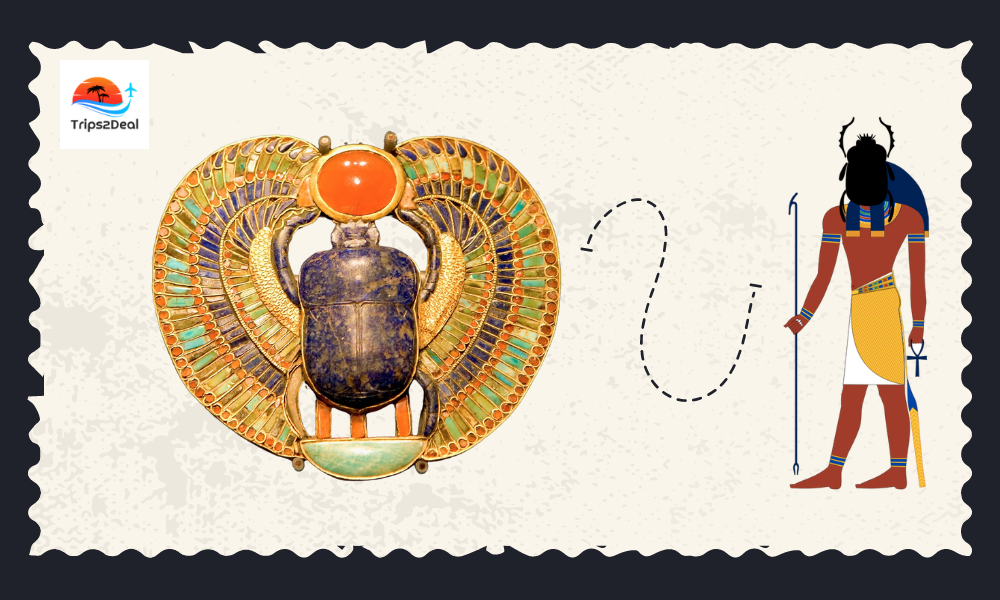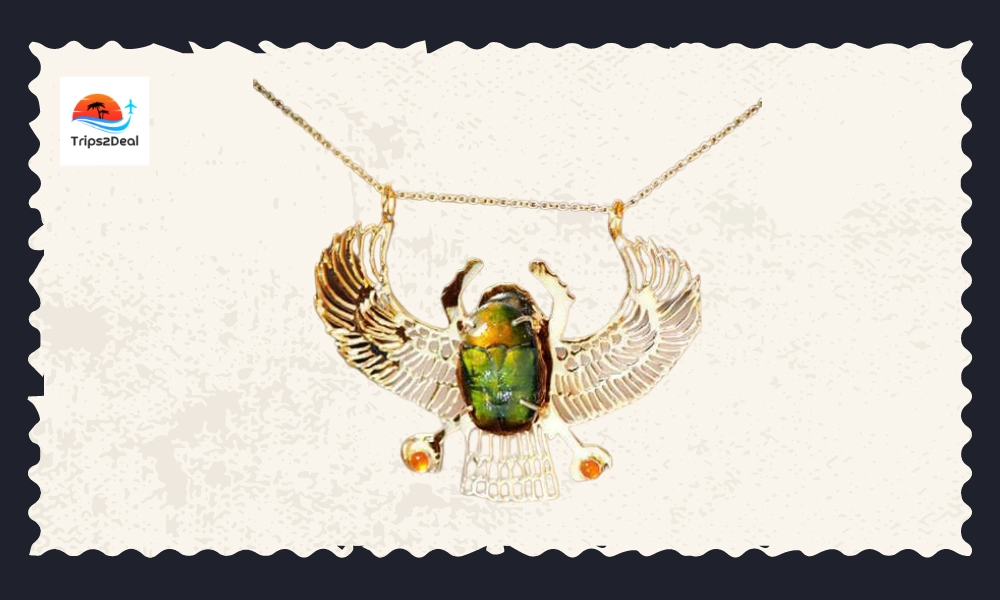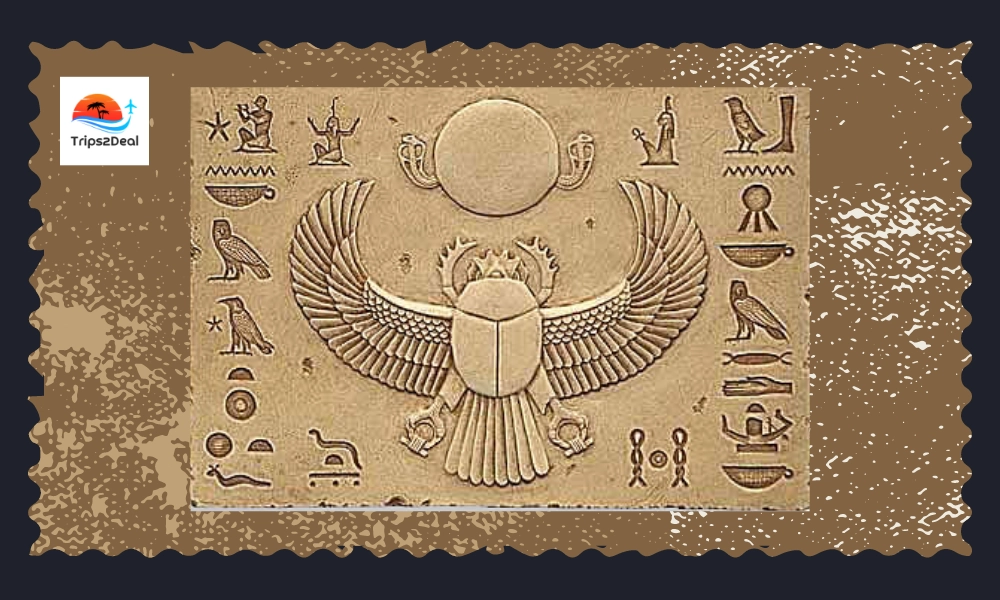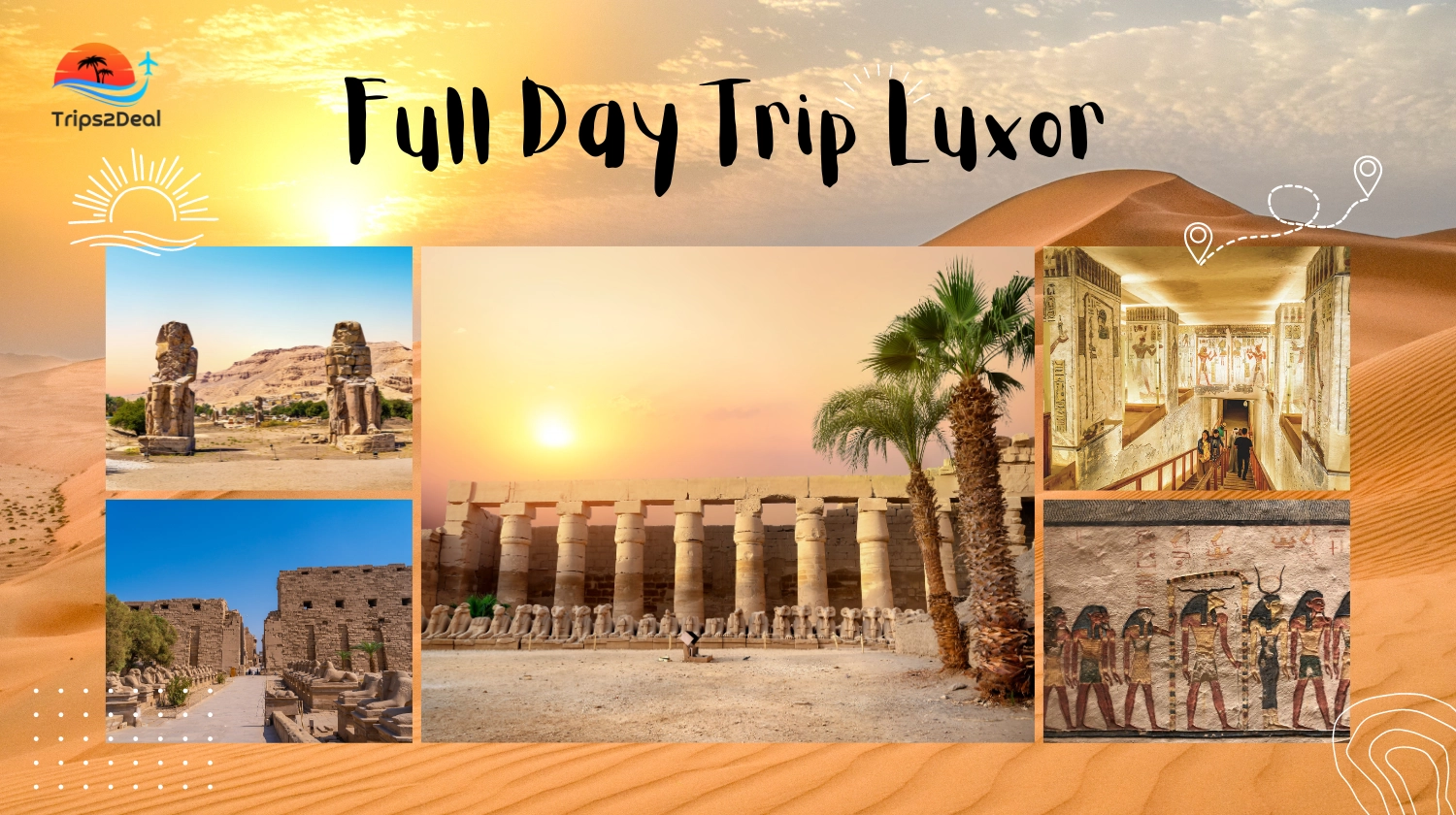Blogs

Scarab Beetle Meaning & explanation in an Egyptian History
One of the most mysterious of all Egyptian symbols was the scarab beetle. It;s known to symbolize life, renewal, and the sun, the scarab beetle occupies a particular place in Egyptian history. The ancient Egyptians watched this beetle diligently rolling a ball of dung, connecting this little insect's works to the daily movement of the sun in the sky. To Them, this became a powerful emblem, the variegation of life & creativity through the powerful whim of the scarab. The fascination with the scarab beetle did not end with the tombs. It was pervasive, from jewelry to tombs and still carries an imprint.
1. The Symbolism of Scarab Beetle
Ancient Egyptians, especially women, regarded the scarab beetle as a favorable omen with resurrection or renewal connotations that they take care of prostitution and the destruction of a Comsombus calendar. Just as the beetle rolls a ball of forest litter, to the Egyptians, it signified the cyclic transgression of the sun in one day. It was believed that the sun 'died' in the evening just to rise in a ‘new dawn.’ The scarab has become a marketing tool in terms of death and birth cycle. It was also used -particularly by women- to indicate the start of a day. That was not the only function of the scarab, however – it was also used as a promise or an assurance to the human soul of reincarnation in the other world. For protection in the next life, scarab figurines were often included in burial sites for the corpse’s prosperous journey, protecting and directing him in life after death.
2. The Scarab Beetle in Egyptian Mythology
The scarab beetle was not simply a depiction; it was even more so enmeshed in the mythology of the Egyptians. Khepri, widely viewed with the image of a scarab’s head was the god of the newborn sun. So Khepri was imagined to be in charge of pushing the sun on the horizon every other day as a beetle rolled a towel around. This myth further reinforced the scarab in relation to creation and constant change. The Egyptians revered Khepri for having the capacity to aid in the emergence of light and life viewing him as an awesome power of reproduction. In this mythology the scarab beetle was no longer seen wholly as that which dwells on earth but as one which embodies the heavens of order and the cycles of life.
3. Khepri: God & His Connect With the Scarab
In the chronology of the Egyptian religion, Khepri was a lesser-known but important god who was associated with renewal Khepri amat depicts scarab which encourages us to the image of the rising sun. Every Egyptian sun god, like the beetle, takes the task of pushing the sun around the sky every day. Khepri has been described as an important creation god since he has been shown as a scarab who rolls the sun over the day and brings up the night which shows the cycle of life birth, death, and rebirth. The very name Khepri, whose name means ‘to appear,’ shows us how he is concerned with creation and origination. Khepri caused the beetle of scarab to possess religious significance as he represented not only nature’s renewal but crucially spirituality’s renewal as well.

4. Scarab Amulets: Egyptian Olden day Jewels with Symbolization
Among the various manufactures of jewelry in ancient Egypt, the scarab amulets had an extreme lovability and it was not only because of the jewelry but rather because of what it represented. Such little sculptures served those who wore them and were worn as pendants, rings or seals, for the reason that they were thought to protect the user and to also bring luck. Apart from being ornamental, amulets in the shape of a scarab served as a potent force, particularly in relation to the afterlife. Individually, the ancient Egyptians understood that life continues even after physical death and therefore the scarab was also enclosed within the dead person in a tomb to assist him in crossing over to the other side. This is also one of the reasons why the scarab species represent reincarnation which is the one best not taken lightly because its interpretation suggests always everlasting life and geat hope of a fresh start.
5. Scarab orders in the tombs and in death rites
The scarab beetle was the most important funerary ornament, embedded in the process that could have helped the dead travel. The heart was considered to be the most sacred of Egyptian decorative jewelry and one of its most known embodiments was that with which the deceased had a heart scarab placed while being buried. This is said to have taken place because when the person dies, their heart is placed on the other side of the scale amidst the weight of Ma’at’s feather. Scarab amulets, enclosing protective scrolls, were wont to be interpreted in this way in order that the heart would not be able to bear witness against the dead during this weighing process. Most scarabs were made out of a stone or faience and had incised on them prayers or magic for protection. Their presence in tombs was a reminder of what the Egyptians believed about death, which is life after death, and how a scarab symbolizes protection.
6. The Scarab Beetle Sign: Major Occurrences and Geographic Distribution
The scarab beetle symbols are widespread in Egypt, especially in tombs, temples, and archaeological sites. Major occurrences of scarab beetles can be seen in the Valley of Kings where such were usually enshrined inside the tombs of pharaohs for the purpose of protection in the afterlife. Very large stone scarabs have also been found in more significant temples such as the Temple of Karnak for protective purposes. Scarabs have been excavated from various materials ranging from ordinary clay to exquisite stones in various ancient cities, Thebes, and Memphis. These findings showed the usage and significance of the beetle figurine in the ordinary and religion-centered life of the people.
7. The Scarab Beetle Symbol: Which Person Discovered and Investigated?
The interest in significance of scarab beetles in Egypt was that archaeology and Egyptology benefitted from many individuals in the course of researching the tombs and antique sites of Egypt. Aside from Howard Carter, Sir William Flinders Petrie is perhaps known as the father of this very symbol – the scarab in question. As a geologist and archaeologist, he conducted several expeditions between the end of the 19th century and the beginning of the 20th century and found many scarab amulets, seals as well as a number of other cultural heritage items which described the relevant sociocultural context. He contributed considerably, together with some other pioneering Egyptologists such as Jean-François Champollion and Howard Carter, to the more general effort of explaining scarab beetles as a protective, rebirthing and religious symbol. Such findings have really advanced science concerning the place of the scarab beetle in Egyptian culture as well as society at large.
8. Use of Scarab Beetle in Necklaces & Jewelry
People of ancient Egypt adorned themselves with scarab beetles on their necks during the earlier part of the civilization, where the beetles acted primarily as an ornament but also served as very important amulets for the people. These necklaces were not only for enhancing one’s beauty but also there was held a belief among people that there were magical properties in the scarab that stood the risk of making evil entities remain at bay while good luck was attracted to the phone holder. Composed of simple materials like gold, silver, and other precious stones, the scarab necklaces were very common with the high class of people, with some being even purposed with religious prayers or incantations to increase their chances of offering protection.

9. The Scarab in Ancient Egypt's Art and Architecture
The scarabs were not only reserved for purely ceremonial purposes; they also appeared in Egyptian arts & crafts. Images of scarabs decorated the interiors of temples, tomb paintings, and several artifacts further show how much this relatively insignificant beetle meant to the Egyptians. Scarabs were often used in the phosphoric arts, including those of a monumental nature, where it was more than just an ornamental feature, but a symbol of fertility and protection against evils. Scarabs made of stone also sometimes placed in the premises of the temple were hefty in their symbolism of new beginnings and new life. Scarabs did not belong only to women’s ornamental wear & personal ornaments such as amulets & baubles. It was a continuous theme in all arts of ancient Egypt & reminded the people of the never-ending aplenty & resurrection.

Summary:
The role of the scarab beetle in the history and culture of Egypt is quite profound. These beetles were not only associated with the sun god Khepri and the perpetual cycle of life but were also considered a protective fetish in the afterlife. Therefore, the scarab bee was quite deeply embedded within the Egyptian faith and everyday life. Instead of a simple insect, it was an image of revival, recreation, and change that represented some of the most essential principles of ancient Egyptian society. To this day, the late revered scarab insect prompts interest and dominates the public mood whenever it is depicted. A proud emblem of a culture that revered the mysteries of life and death, the scarab beetle represents activities that seek to solve the enigma of the world. Its odyssey is eternally defined just like its believed by the ancient Egyptians carried sun.






